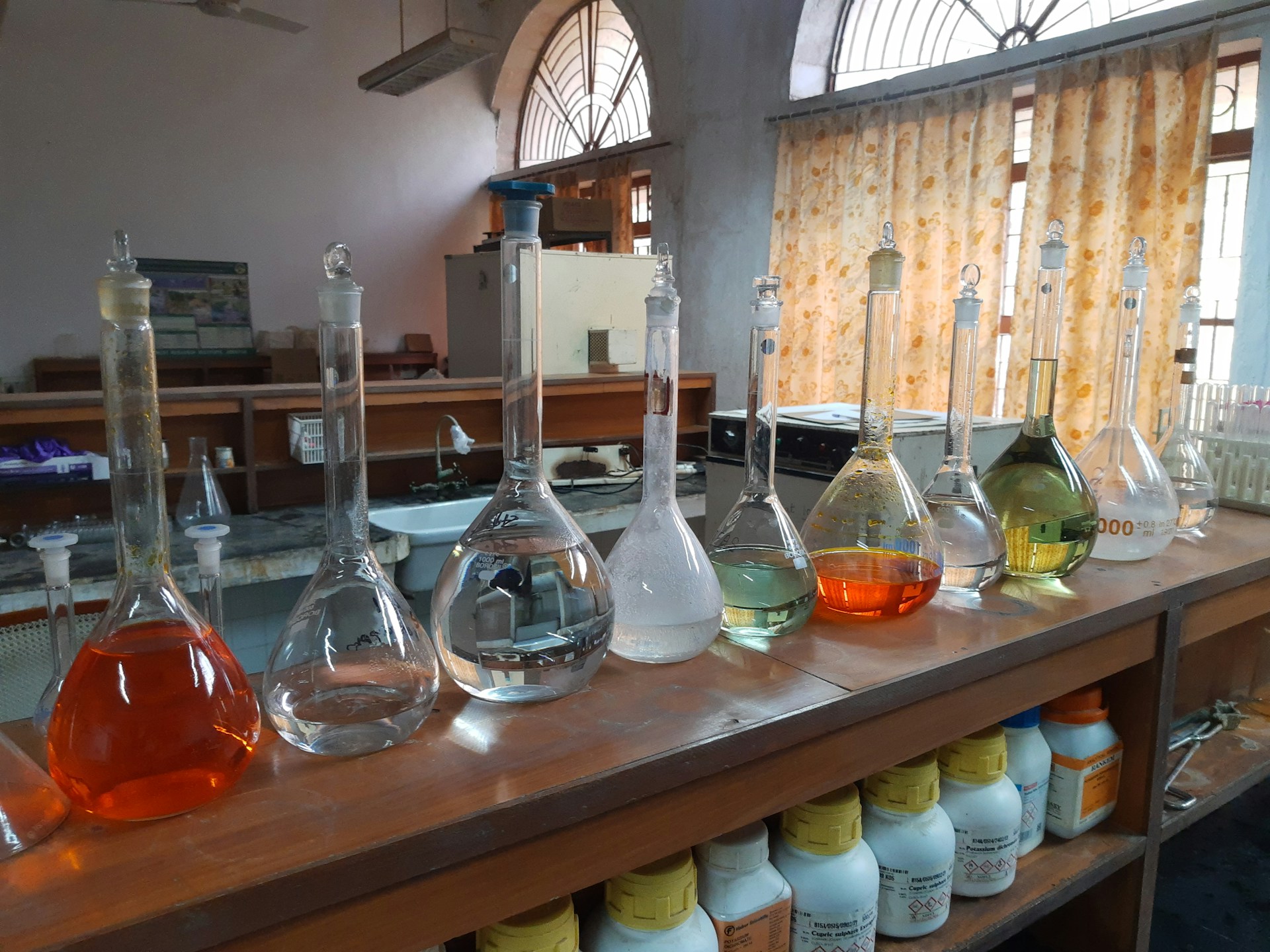Professor Alison Narayan and her team at the University of Michigan, together with Alexandra Paton, Gabe Gomes of Carnegie Mellon University, and Daniil Boiko, have developed CATNIP, an open-access machine learning platform that predicts enzyme-substrate interactions. This tool makes biocatalysis more accessible to chemists and supports the adoption of greener, more sustainable chemical synthesis.
Paton, A. E., Boiko, D. A., Perkins, J. C., Cemalovic, N. I., Reschützegger, T., Gomes, G., & Narayan, A. R. H. (2025). Connecting chemical and protein sequence space to predict biocatalytic reactions. Nature, 646(8083), 108–116. https://doi.org/10.1038/s41586-025-09519-5
Biocatalysts, or enzymes, are proteins that catalyze chemical reactions under mild conditions, offering a sustainable alternative to traditional chemical processes. However, their application has been limited due to their specificity for certain substrates. The CATNIP platform addresses this challenge by providing predictions for enzyme-substrate compatibility, enabling chemists to identify suitable biocatalysts for their reactions.
The project began with the creation of a high-throughput screening system that tested over 100 substrates against a family of α-ketoglutarate-dependent non-heme iron enzymes. This led to the discovery of 215 new enzyme-substrate reactions. Subsequently, machine learning models were trained on this dataset to predict enzyme-substrate interactions, culminating in the development of the CATNIP platform.
Professor Alison Narayan from the University of Michigan,
“Biocatalysis offers a more sustainable way to build molecules, and it can also give us access to molecules that we couldn’t build using traditional chemical methods. But most of the known substrates for these biocatalysts come from nature, which is just a very small subset of the molecules that chemists work with.”
By providing a tool to predict enzyme-substrate interactions, CATNIP facilitates the integration of biocatalysis into synthetic chemistry, promoting greener and more sustainable chemical processes. The platform is accessible to researchers and can be expanded to include additional enzyme families, broadening its applicability in various chemical syntheses.

Adrian graduated with a Masters Degree (1st Class Honours) in Chemical Engineering from Chester University along with Harris. His master’s research aimed to develop a standardadised clean water oxygenation transfer procedure to test bubble diffusers that are currently used in the wastewater industry commercial market. He has also undergone placments in both US and China primarely focused within the R&D department and is an associate member of the Institute of Chemical Engineers (IChemE).



